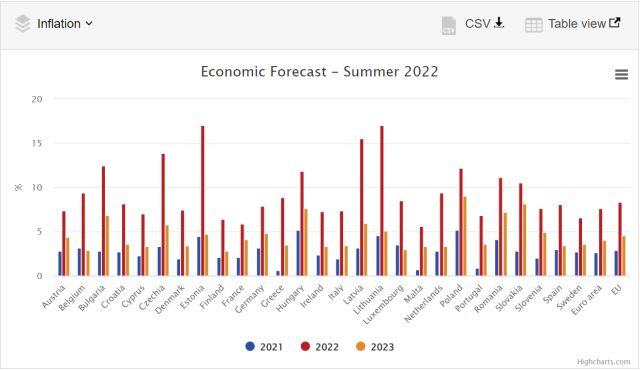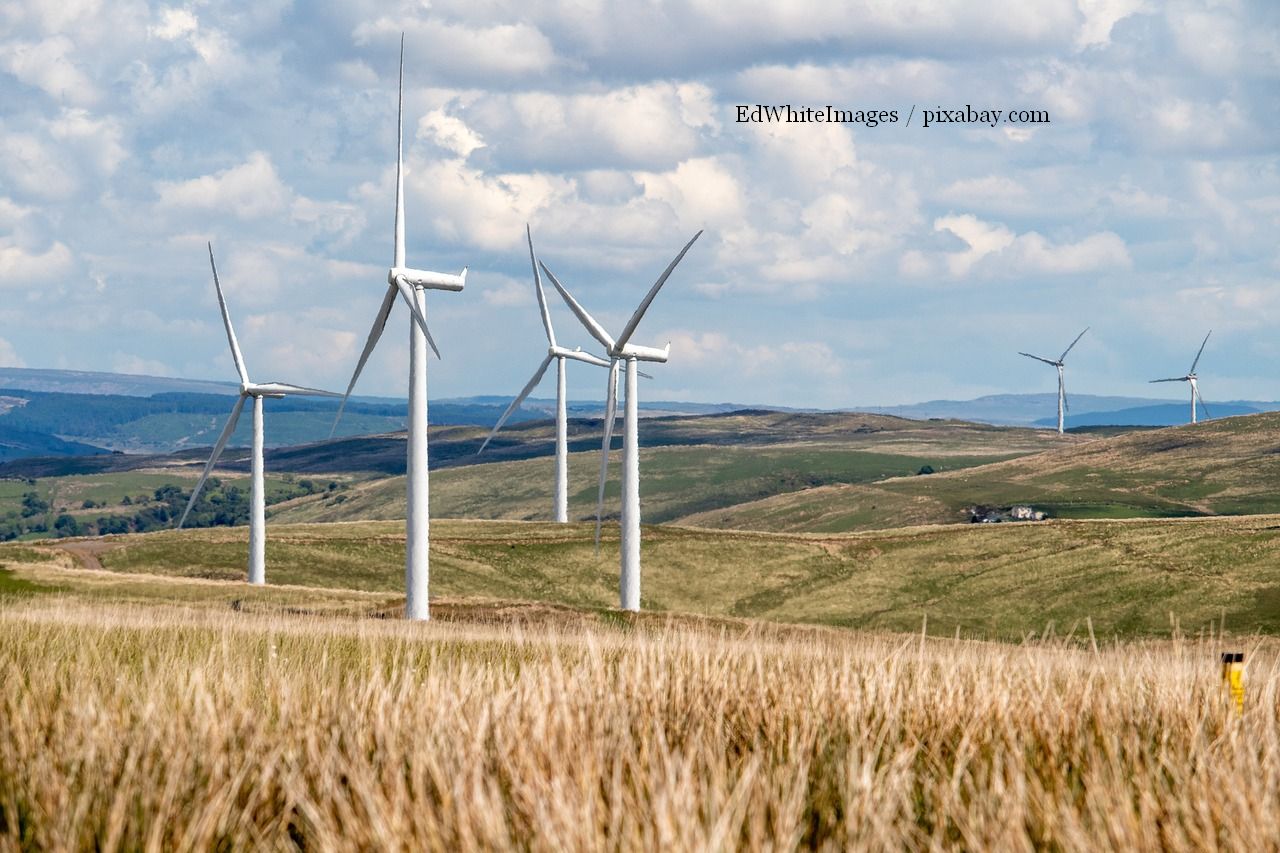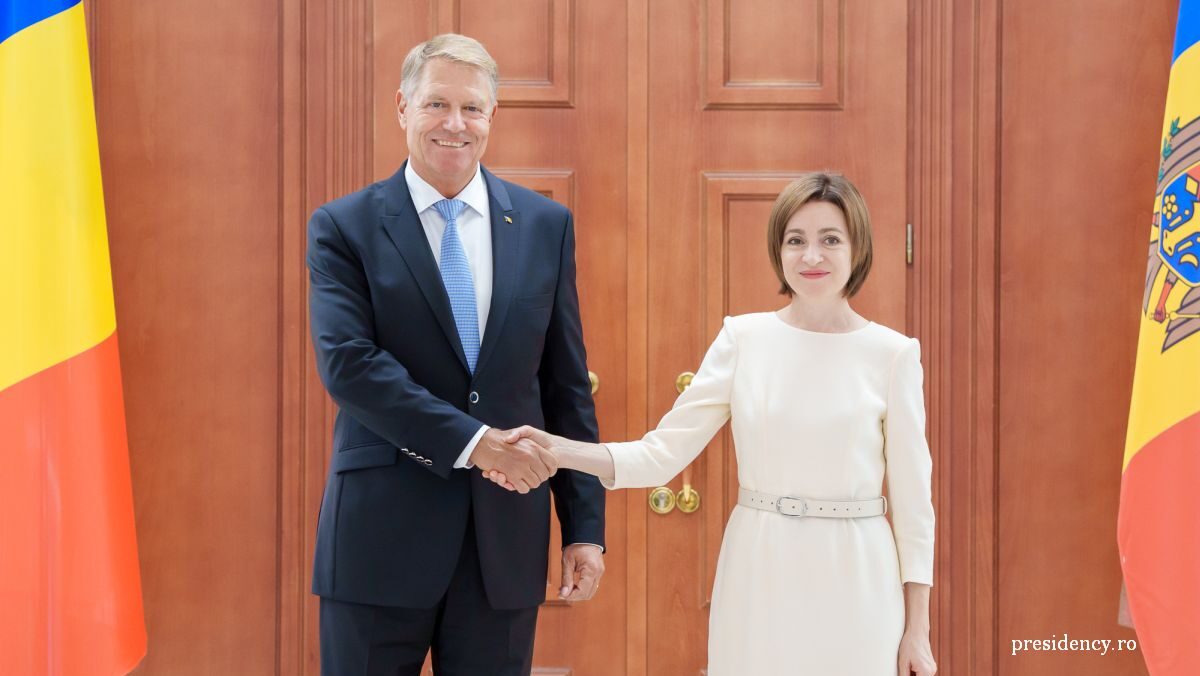Inflation Still an Issue
Galloping inflation gave Europe chills, but after peaking in the second half of 2022 it began to slowly decline

Corina Cristea, 12.10.2023, 19:16
Galloping inflation gave Europe chills, but after peaking in the second half of 2022 it began to slowly decline. However, expert forecasts show that inflation will remain above target levels in the world’s major economies until 2024. The situation is by no means a comfortable one. The World Economic Outlook report released by the Organization for Economic Co-operation and Development shows that most of the world’s governments are facing budget strains. As for overall inflation, the OECD, which groups 35 of the world’s strongest economies, notes that it has continued to decline in many countries as a result of lower energy and food prices in the first half of the year. By contrast, core inflation, which does not measure the most volatile components such as food and energy, has not fallen much and remains significantly higher than targets set by central banks. Thus, says the OECD, One of the main risks of this situation is that central banks will continue to raise interest rates. The effects of monetary policy tightening are becoming increasingly visible, business and consumer confidence has deteriorated, progressively spilling over into countries’ economies, and interest rates on new business loans and mortgages have risen almost everywhere.
Romania is no exception. Economic analyst Constantin Rudnitchi says that, besides inflation imported through products brought from abroad, what is missing from the mechanism to combat inflation is more budgetary discipline, given a very large budget deficit and state loans on conveyor belt. How does the NBR see the situation? The institution’s spokesperson, Dan Suciu (track):
The forecasts for the end of the year do not change, broadly speaking, and even, I would say, it will do what I said in August 2023, that is, we will have a continuation of the decrease in inflation in line with these forecasts. Especially under the influence of base effects, that is, because there were large increases last year, this year they are not so high, although obviously we still have inflation with significant figures. But it’s decreasing, obviously. And because the goods no longer have the prices they had a year ago. We also have a good agricultural year, as we have seen so far, and perhaps the autumn months will reconfirm this situation, which has caused food prices to cap, at least. In addition, there is an administrative cap, that of the mark-up on basic products decided two months ago. These are the conditions for 2023.
Inflation is expected to reach 7.5% at the end of this year and then fall to 4.4% in December 2024. However, the risks to this forecast are substantial. Starting next year – a year with several elections in Romania, in fact – inflation will also be influenced by the new fiscal and budgetary measures adopted by the government, along with the degree of absorption of European funds. All this in the context of the war in Ukraine, which shows no signs of stopping anytime soon, and rather weak economic developments in Europe. Again, Dan Suciu:
Yes, there are very interesting developments in the economies of the West, and not only, even in the East, I would say that things are interesting, in our East, not in others’, I mean. And among the countries in the region we are the country that in terms of economic growth we are doing a little better, and I would even say that we are the best in the area. We have countries that are at zero or slightly above zero, if not declining, economic growth, such as Germany. These things are important to know in order to understand, in the context in which the Romanian economy evolves, not to have expectations out of touch with reality. Of course, we would all like further economic growth, but we are in a complicated European situation due to the war, the energy crisis that has passed, the disruptions in production flows, which have not yet been found after the pandemic. All these things have led to this relatively weak economic growth in European countries and, therefore, it is important to see that Romania maintains a relatively good growth, the forecast is somewhere over 2%. I repeat, if we do not understand the context, and we see in the surrounding states that we have almost no economic growth, we would say that it is little, but in this context it is quite a lot. It is mainly based on investments, especially on absorbed European funds, and it is important to continue attracting these funds, because, look, from thence comes a state of well-being, which we can then generalize.
The disinflationary process will continue, but inflation may decrease much slower than we initially expected, according to the organization of investment professionals in Romania. Here is the vice-president of this body, Adrian Codirlasu:
We will have a shock introduced by the new fiscal measures, in the sense that excise duties are increased, and certain VAT rates are increased for certain products that are part of the consumption basket. In addition, we see the price of oil has gone up, and will spill over into fuel prices. There will also be a turnover tax, which will also lead to pressure on sales prices, and will also increase the minimum wage, another additional cost for companies, which will also put pressure on price.
So, says Adrian Codirlașu, we can expect that somewhere in the first quarter of next year we will have inflationary pressures, and even inflation will increase a little, and then resume its downward trend. For 2024, the organization of investment professionals in Romania survey shows a inflation rate in October somewhere around 7.5%.






























